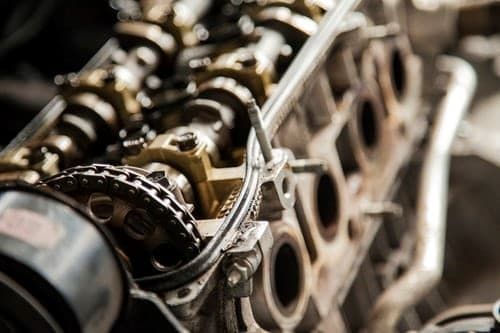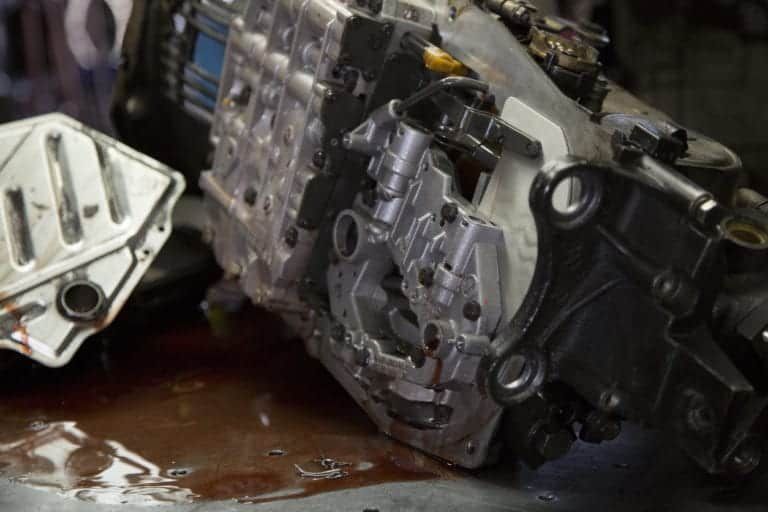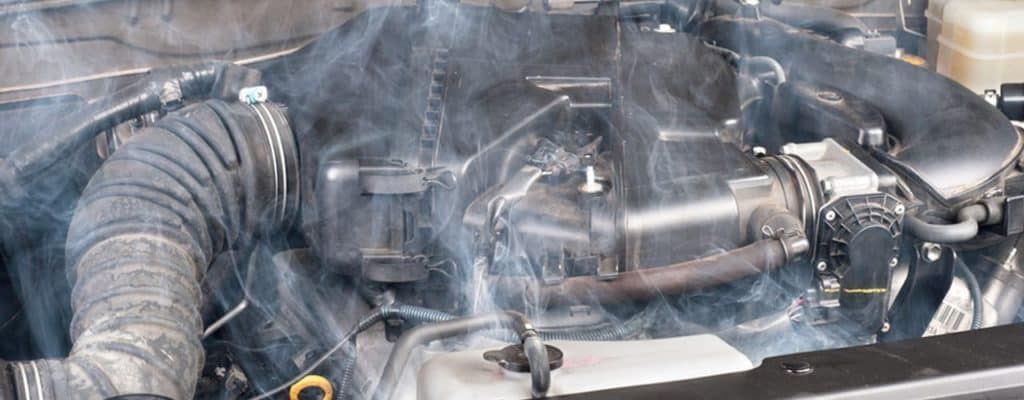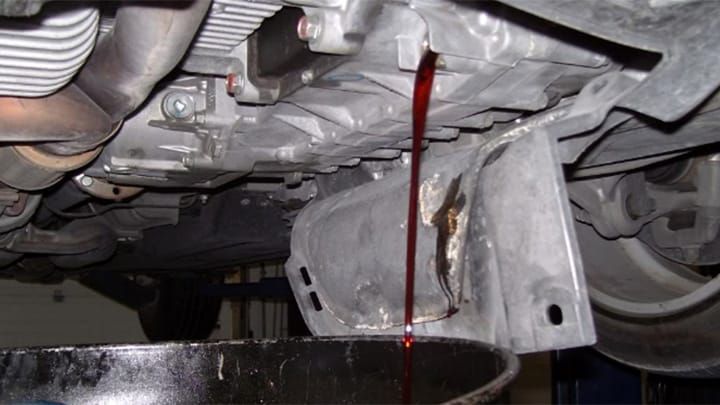Torque Converter: A Complete Guide for Vehicle Owners
Understanding your torque converter is essential to keep major problems at bay. It’s an integral component of automatic transmission. Because automated cars don’t feature a clutch to detach transmission from the engine. Considering its significance, it’s crucial to maintain it and keep it in good condition.
Any negligence or problems in the converter could impact your vehicle’s function and drive. Therefore, it’s essential to learn which converter problems have the potential to disable your car. The knowledge will alert you when it’s going bad. Not to mention, you need to opt for viable options to bring it back to a stable condition.
What is a Torque Converter?
It is a device inside an automatic transmission. If you’re curious about torque converter location, it’s placed between the engine and gears. Its job is to transfer and multiple engine torque. It allows your car to stop completely without the need to shift or touching the transmission. Cars used to feature non-locking converters in the past, but most modern vehicles come with lock-up converters.
Lock-Up
This converter type features a built-in locking clutch mechanism. To ensure better efficiency, the clutch locks connect input and output shafts when the transmission observes a specific speed or
engine RPM.
Non-Lock Up
Lock-up clutches were introduced to elevate efficiency. However, they contributed to energy loss that power transfer between the engine and transmission caused due to slippage. The turbine can rotate up to 90% without a clutch to lock up. They turn faster like impellers, but they fail to reach accurate speed. This scenario leads to energy loss.
The Functionality of a Torque Converter
You might find it fascinating that how a fluid provides power to move a vehicle. Torque control is achieved using a pump. It works by transferring the fluid around the torque converter, which is determined by the crankshaft rotation. There’s a component called a turbine within the housing. It rotates when the pumped fluid and turbine vanes come into contact. It helps measure the torque amount that goes into the transmission using input shafts.
Moreover, the converter’s casing links to the flywheel spins at a similar rate to the crankshaft inside the turbine. The centrifugal or impeller pump sends the transmission fluid into the turbine fins effectively. It transmits or spins the torque into your transmission. The stator performs as the barrier that transfers the liquid to the turbine then into the pump. It elevates the system’s
efficiency.
In another case, when your car is idling, the rate of the transmission fluid pumps into the turbine gets slow. It means little-to-no torque goes to the engine through your transmission. The crankshaft rotates faster, with more power to spin the flywheel. It leads fluid to propel faster from the pump to the turbine, making the turbine rotate more quickly. It allows more torque to go through the transmission.
However, the convert’s inside inner functionality seems a mystery. You need to understand primary mechanics. However, it’s best to seek the assistance of a professional to comprehend complicated torque converter calculations and engineering.
Components of a Torque Converter
The housing of the converter has four components.
- Pump
- Turbine
- Stator
- Transmission fluid
Also, the converter’s housing is bolted to the engine’s flywheel. Therefore, it runs at the speed at which the engine is running. Moreover, the fins are connected to the housing. These find also make up the pump of the torque converter. That’s why they turn at the speed of the engine.
Pump
Located inside the torque converter, it is a type of centrifugal pump. When it spins, the fluid is tossed to the outside. This process creates a vacuum that drives more fluid in the center.
Turbine
The fluid enters the turbine blades, which are interlinked with the transmission. It causes the transmission to spin that moves your vehicle. These blades are curved, which means that the fluid changes direction. The fluid enters the turbine from the outside and changes direction before exiting the center of the turbine. You can call it a directional change which makes the turbine spin.
To change a moving object’s direction, you must put some force on that object. Whatever applies the power to turn the object must also feel the pressure but in the opposite way. Like this, the turbine makes the fluid change the direction, and fluid drives the turbine to spin or move.
On the other hand, the fluid exits at the center. But it moves in a different direction than how it entered. If the fluid were enabled to contact the pump, it would slow down the engine. And a slow engine means wasting power, which is why the converter housing has got a stator.
Stator
The stator is located in the center of the converter. It redirects the returning fluid returning from the turbine, prevents it from hitting the pump again. This process boosts the converter’s efficiency. The stator also features aggressive blade designs.
These blades come in handy to reverse the fluid’s direction. A one-way clutch links the stator to a fixed shaft located in the transmission. This arrangement prevents the stator from spinning with the fluid. It turns in the opposite direction, making fluid change direction as it touches the stator blades.
Transmission Fluid
When the vehicle moves, something tricky happens. At 40 mph (64 kph), both pump and turbine spin at a similar speed. Know that the pump spins slightly faster than a turbine. At this point, torque converter fluid returns from the turbine enter the pump and move in the pump’s direction. As mentioned, the turbine shifts fluid direction and toss it outside. This way, the fluid starts to move in the way the turbine is spinning. This is because the turbine spins faster in one direction than the fluid being pumped in the opposite direction.
Signs of a Bad Torque Converter
As a driver, you’ll feel when something is off with your transmission. How is it possible? By keeping an eye on the following torque converter symptoms.
Acceleration Slipping or Lagging
One of the signs of the converter failure is transmission slipping. A professional or experienced driver will quickly feel the power starts and sputters as they accelerate.
Shuddering or Shaking
When your automatic transmission is on-point, it shifts smoothly that you barely notice it. However, it’s alarming when your ride shakes, vibrates, and shudders. You will feel it when the ride is changing gears. It could be an indication of torque converter failure.
Whirring or Humming Sounds
If your transmission is running correctly, it shouldn’t make any strange sounds. If it does, you need to look for converter problems. If there’s something wrong, you’ll notice your transmission is making a whirring or humming sound.
Leaks
Automated car owners know that automatic transmissions and converters carry transmission fluid. If even one of the seals on the transmission fails, fluid could leak out and lead to a torque converter failure.
How to Tell if a Torque Converter is Bad?
You can tell in various ways that your converter is malfunctioning. Some of these signs can be dangerous. Therefore, it’s best to keep an eye on the symptoms of a bad torque converter.
Moreover, high levels of the slippage will lead to overheating. It destroys the elastomer seals that keep transmission fluid in the converter. It stops functioning when the fluid beings to leak. Did you know there’s also a chance of complete stator clutch braking or seizing?
In this case, the inner and outer clutch elements will be locked permanently. And fuel inefficiency will increase. If the stator breaks completely, it will move freely, impacting the car’s power. When the hot fluid moves inside the converter, it will create a lot of pressure. The worst part is if it gets too high, it will lead to inflate or burst.
How to Fix Torque Converter Issues?
The signs mentioned above can help in how to diagnose a bad torque converter. If you find one of those symptoms, don’t worry. Follow these steps to fix the faulty torque converter.
Fix Slipping or Shuddering
If your converter or transmission has been slipping or shuddering, you need to check your fluid level. You need to check your fluid levels to confirm whether or not slipping or shuddering connects to the converter. Additionally, you don’t experience these signs unless you have got the wrong fluid in the transmission. Or you have the wrong amount of fluid in it.
Fix Seal Damage or Overheating
When a converter seal is damaged, it leads to a fluid leakage and causes overheating. On the other hand, lack of fluid also causes slipping or shuddering. When it comes to fixing the problem, you need to discover the damaged seal and repair it.
Fix Contaminated Transmission Fluid
Your transmission’s fluid gets contaminated when it gets bits of this and that. It also indicates that your converter or transmission has significant problems. The appearance of clutch material, bearing, bushing pieces, and a shiny flake of metal are also indicators of a failing torque converter.
Final Word
Indeed, a torque converter doesn’t always get the car owner’s attention. Most people don’t even consider it until it gets faulty. It is regarded as the driving life of the automatic transmission.
Not only this, but it also plays an essential role when it comes to fuel efficiency. When you explore and learn about it, you come across other components and how they function. Understanding those functions help you keep it in good condition.
The blog also features signs telling your converter is going bad. When you spot those symptoms, opt for our automatic transmission services and get an extensive inspection to fix convert and other problems.
FAQs
1) What are the signs of a bad converter?
Various ways tell your torque converter needs immediate repair.
- Slipping
- Overheating
- Contaminated transmission fluid
- Shuddering
- Elevated stall speed
- Strange sounds
2) How much does it cost to replace your converter?
It costs around $600 to $1000 to replace it. Depending on the vehicle, you can find affordable converters costing around $150 to $350. It needs 5-10 hours to replace it and complete the overall repair work.
3) Can you drive with a bad converter?
You will experience no movement in the gear when you have a bad torque converter. Lack of movement could be a problem associated with the transmission. When a transmission has a low fluid, it won’t move enough as it’s not getting sufficient fluid.
4) How to check a converter?
Press the brake pedal, turn on the engine and put the transmission to the drive. Don’t release the brake pedal and press the accelerator but not exceed it from 5 seconds or the transmission could burst. Note the stall speed (RPM) your engine maxes out at it. If the RPM reading is lower than engine or torque specifications, it means your converter needs a repair.
The post Torque Converter: A Complete Guide for Vehicle Owners appeared first on Eagle Transmission.






